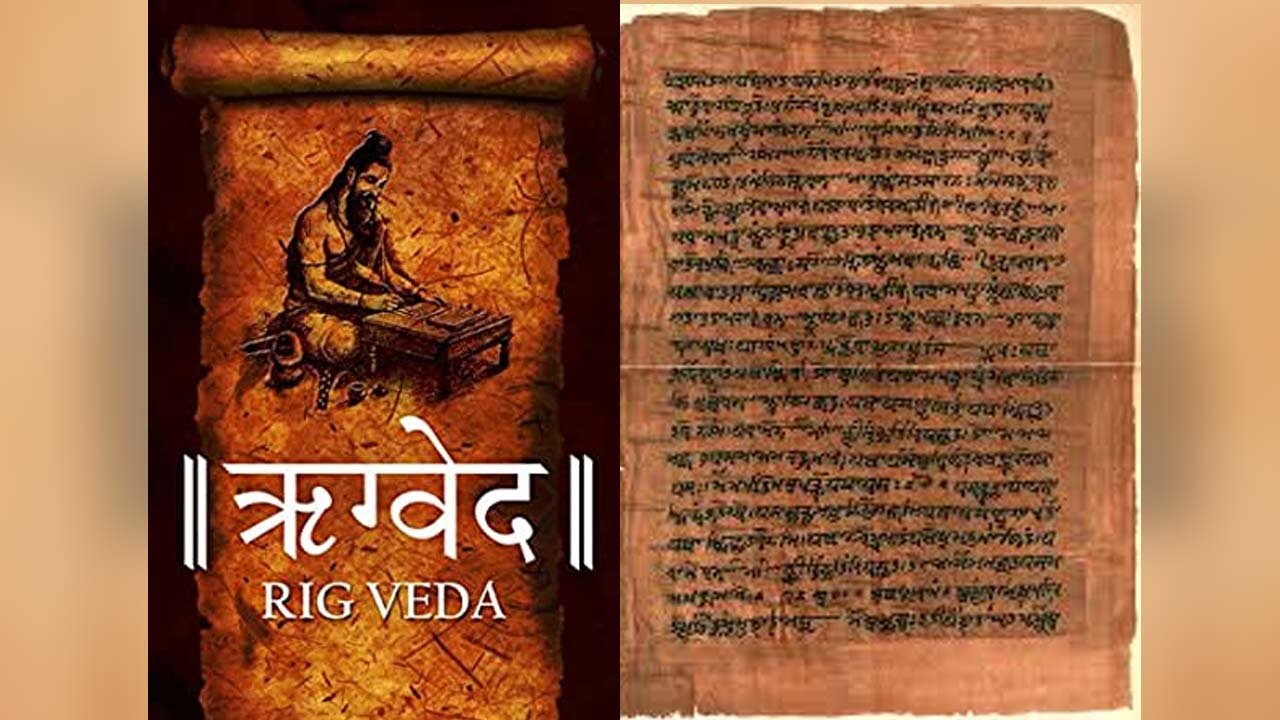“We are taught Shakespeare in school but not Kalidas and that’s a shame.”
When renowned author and politician Shashi Tharoor uttered these words during Jaipur Literature Festival on British Raj in India, I was more keen to know more about the ancient Indian literature.
Without any delay, I Googled the ‘ancient Indian literature’ and found Google popping up ‘vedas’. A little in-depth search brought to my notice that the most ancient literature of India – the Rig Veda, describes about the power of yoga, meditation, mantra, charity, cosmology as well as Ayurveda. Rig Veda beautifully presents the significance of nature too. The appealing presentation of Ushas, the Goddess of Dawn, is quite enticing. With its 1028 hymns scripted in Vedic Sanskrit, Rig Veda describes everything which we are trying to explore in today’s world! Here we discuss five reasons why we must know more about the constituents of this most ancient Indian literature:
Rig Veda had the most original thoughts on origin of universe: Discussing nature as well as the origin of universe, Rig Veda consisted of the most original thoughts. The first eight books, constituted thousands of years back, discussed cosmology besides praising deities. Similarly, Books 1 and 10, that were added at last discussed questions about how universe was originated. They also discussed the virtue of charity and donation in society.
2. It introduced the world to the Science of Sound: The Rig Veda is the book of Mantra. It contains the oldest form of all the Sanskrit mantras. The book is believed to have been built around a science of sound comprehending the meaning and power of each letter.
3. Its content has strong relevance to today’s world: Most aspects of Vedic science like the practice of yoga, meditation, mantra and Ayurveda are found in the Rig Veda. Despite being the oldest literature, it still finds its existence in today’s world. It discusses about significance of nature and science too!
4. It is one among the world’s oldest texts: Being one of the oldest texts being written in any Indo-Iranian language, it formed one of the world’s oldest texts. Surprisingly, its contents were preserved over centuries by oral tradition alone. According to research, they were not put in writing before the start of the Early Middle Ages.
5. Its origin remains unknown: Enjoying the credit of being the oldest book in Sanskrit or any Indo-European language, its date still remains debatable. While the renowned scholars who have studied the astronomical references in the hymns date the Rig Veda before 4000 BC, there are a few modern western scholars who relate them to the period existing around 1500 BC. Meanwhile, the most recent archeological finds in India (like Dwaraka) seems to give it a much earlier date.
Now, Isn’t it interesting to know that what remains unexplored today was being discussed thousands of years back by our forefathers? Don’t you think that our ignorance have made the most valuable literature as the lost literature? How many of us who have read William Wordsworth or Shakespeare have read Kalidasa or Tagore in modern world too? Shouldn’t we start catching up with our most ancient literature too frequently?
Will catch up with more interesting facts on ancient literature in next blog.
—-


